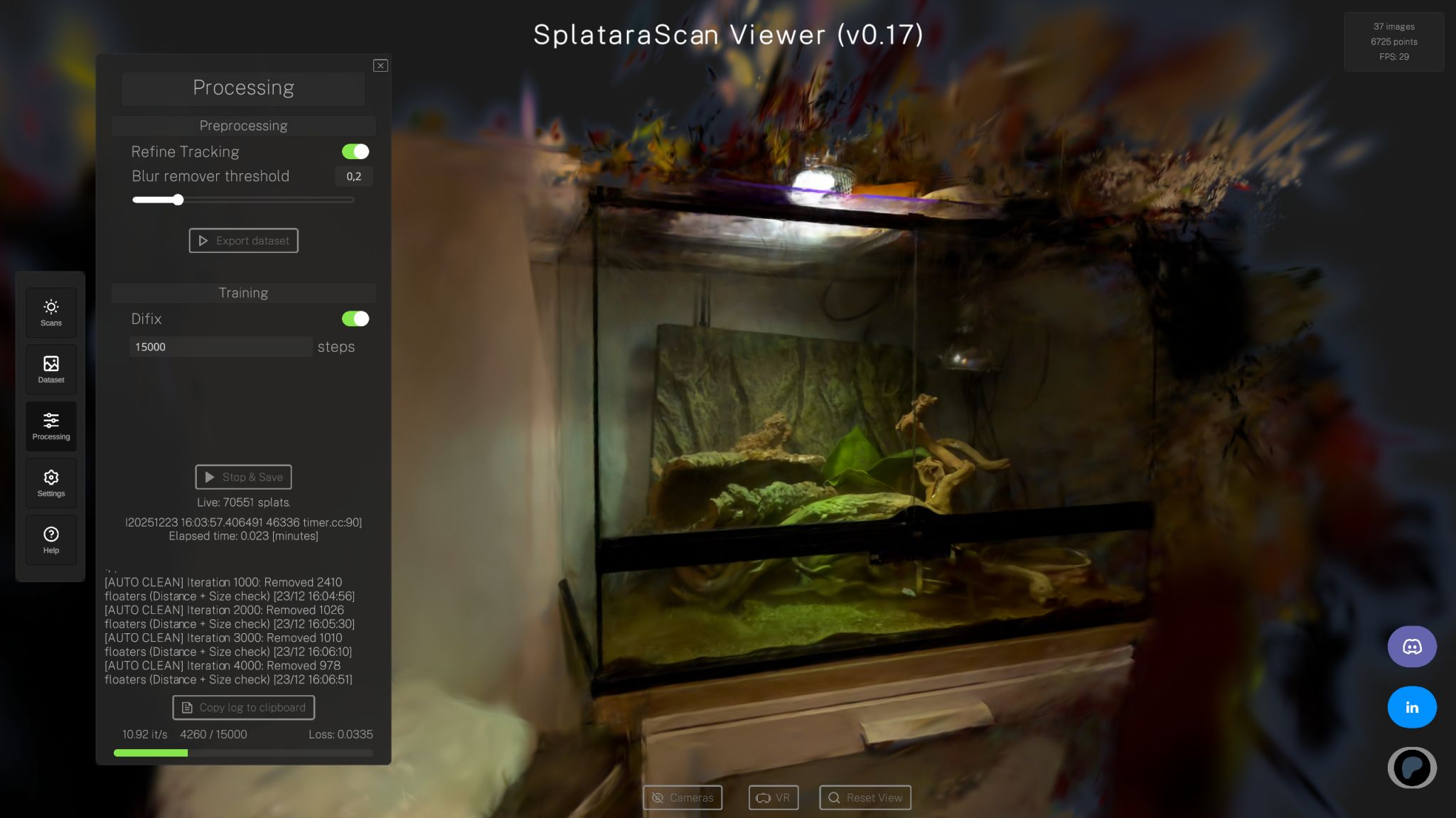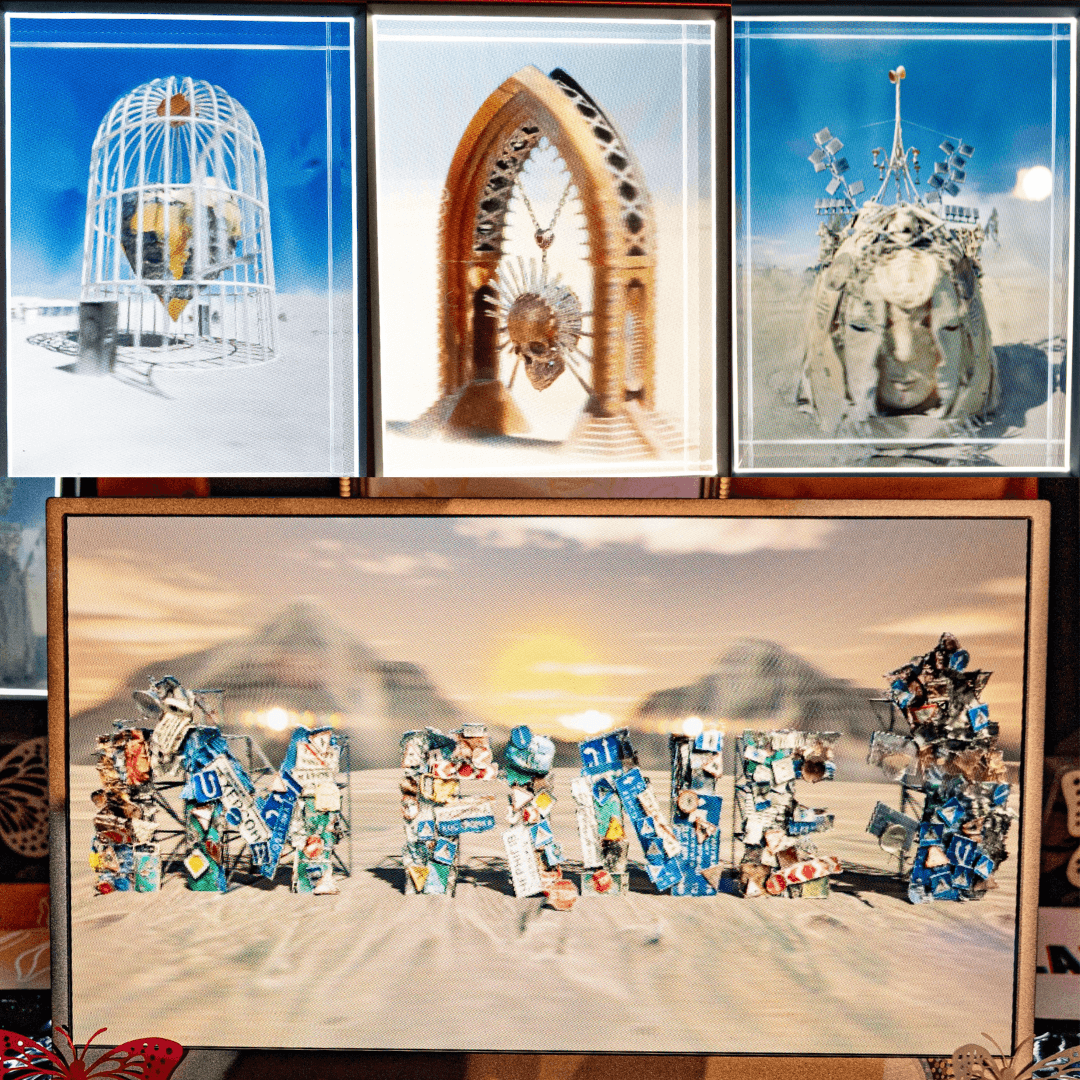

Michael Rubloff
Sep 30, 2024
Over the past six months, 3DGS has seen increasing support across major industry platforms. First, it was Unreal Engine, followed by Unity, and most recently, support for Gaussian Splatting has extended to platforms like After Effects, Houdini, and DaVinci Resolve. Kiri Engine has in that time also been hard at work, continuing to port over functionality into Blender and now there is a large update to that initiative.
The result of this effort is a newly updated, fully open-source Blender add-on, now available for free on both GitHub and Blender Market. This makes it an appealing tool for a wide range of users, from hobbyists and professionals to those just curious about 3DGS technology.
The standout feature of Kiri's add-on is its integration with Blender’s Eevee render engine, making it the only tool currently on the market with this compatibility. This opens new avenues for real-time rendering enthusiasts, especially those familiar with Blender's dynamic workflow. Artists can now seamlessly import .ply files, the current native format for 3DGS scans, and control them just like any other Blender object. This includes the ability to manipulate objects with Blender's standard move, scale, and rotate tools, providing a familiar user experience.
It should be noted that currently Blender 4.2 is the only supported version at this time.
Lighting integration is another key highlight. Imported scans can interact with scene lighting, giving a photorealistic appearance that is crucial for professional work. Artists looking for more raw, unaltered visuals can also opt for a shadeless display, preserving the original scan’s look.
For those concerned with hardware performance, KIRI has introduced several optimizations. For instance, the 'Camera Update' feature ensures that 3DGS models always face the correct view, improving render accuracy. There’s also a 'Color Warning' function to help users monitor hardware strain during processing, an invaluable tool for those working with complex or heavy scenes.
Kiri has ensured that the tool can handle multiple 3DGS objects in a scene, giving users the flexibility to populate entire environments with Gaussian splats. There's not a hard limit on how many you can merge into one scene, but the more you add on, the larger the compute strain will be.
For those working on still renders, the 'HQ Splat' mode promises smoother, higher-quality results, although this comes with some trade-offs—most notably, only one HQ splat can be rendered at a time, and users must maintain the integrity of the original .ply file to ensure proper functionality.
The add-on also brings color enhancement tools, giving artists granular control over hue, saturation, brightness, and contrast adjustments. For more advanced users, built-in color masks enable targeted color replacements within a model, perfect for refining scenes or creating more stylized artistic effects.
While KIRI’s Blender add-on is already packed with features, the developers have promised future updates, including cropping tools and mesh converters. Given that the Gaussian Frosting also brings 3DGS mesh into Blender, perhaps we will see some overlap there. All of these future roadmap items suggest that the current release is just the beginning of a broader strategy to make 3DGS more accessible to the Blender community.
While they have created this great extension to Blender, Kiri is primarily known for their capture app. The combination of the KIRI Engine’s capture tools and the Blender add-on could simplify workflows for artists looking to incorporate real-world data into their digital projects.
Right now the add-on is only compatible with version 4.2 of Blender and comes with a permissible Apache 2.0 license for commercial use. Since it is open sourced, contributions are welcome from the community. The add-on is available for both Mac and Windows.







